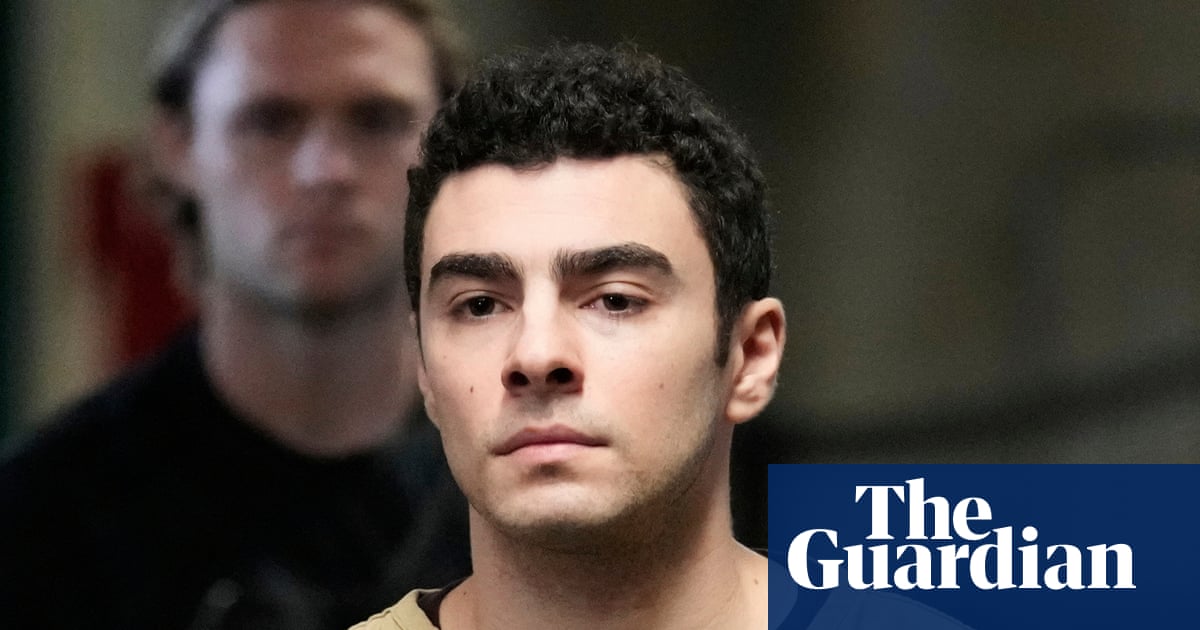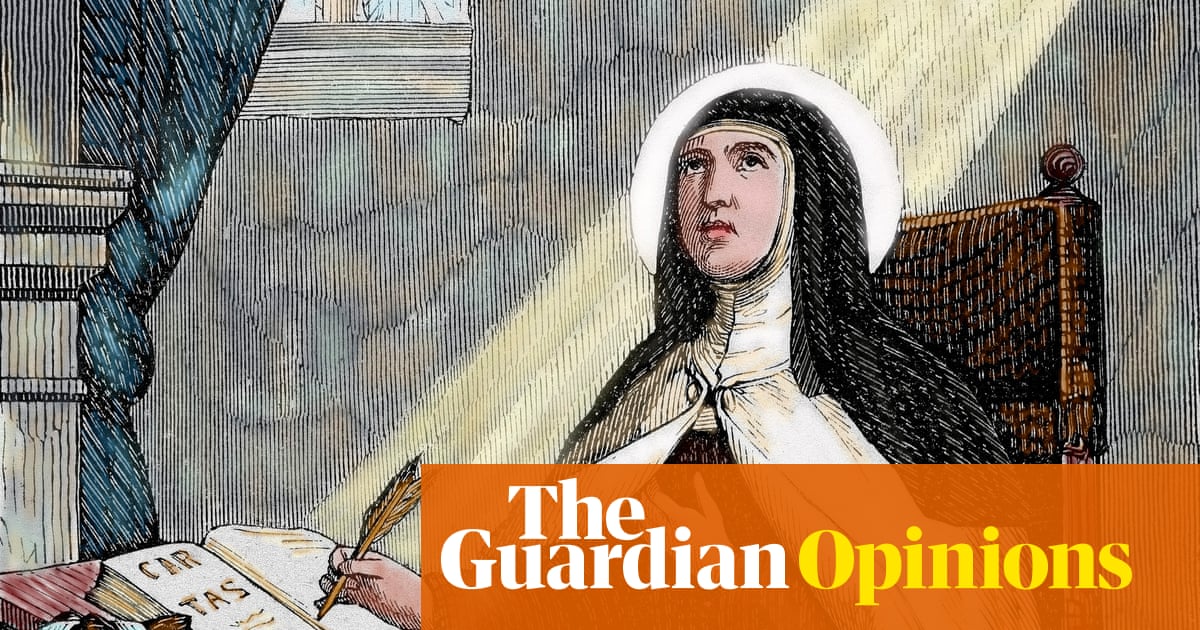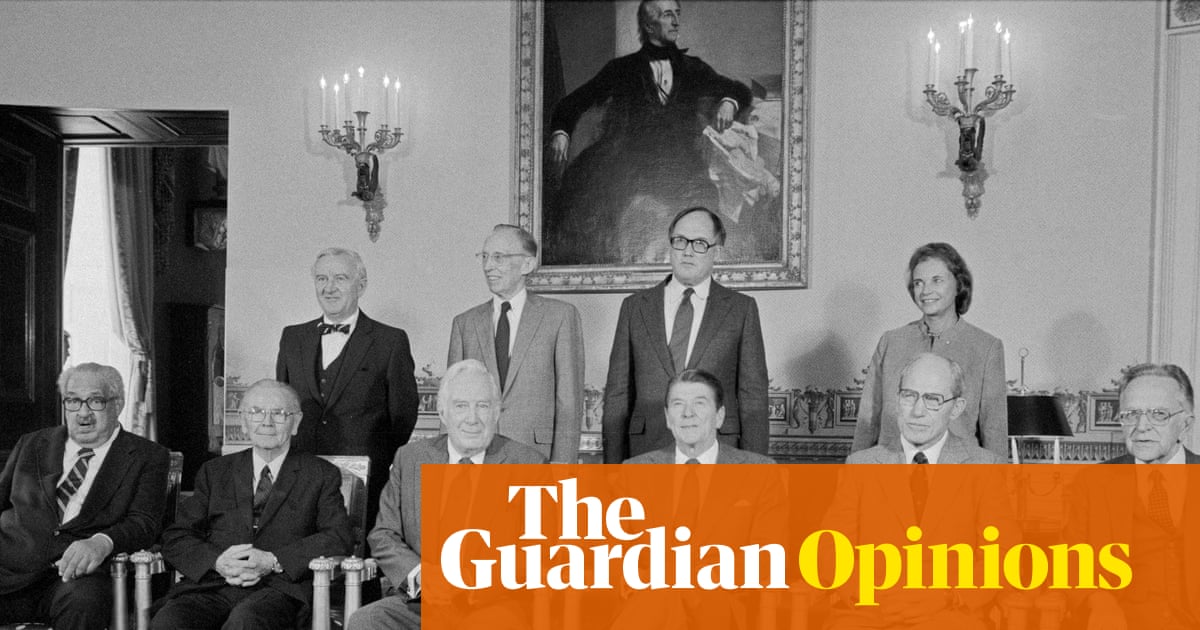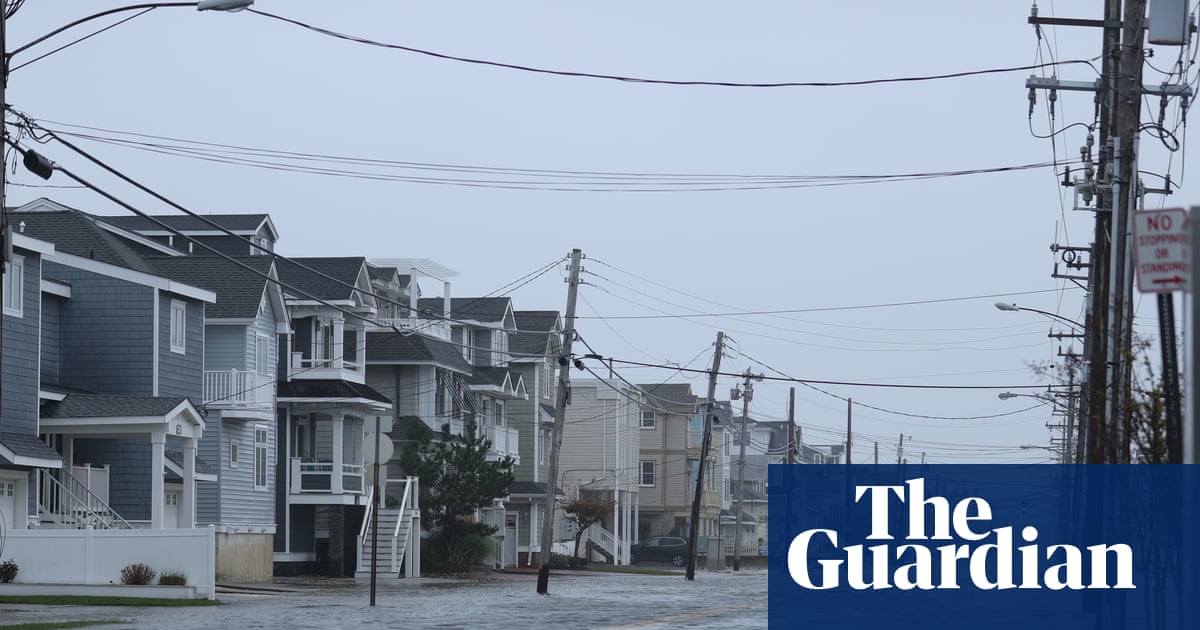The opening credits suggest a work of serious intrigue: a view of Earth from outer space zeroes in on the east coast ot the US and zooms into what’s revealed to be a large building complex nestled in woodland – what we’ll soon learn is CIA headquarters in Langley, Virginia – to a soundtrack of propulsive, thundering percussion. From here, it will only gradually become apparent that there is no great mystery to the film, Joel and Ethan Coen’s 2008 spy thriller pastiche Burn After Reading, its characters instead set to chase phantoms, walk down blind alleys and, ultimately, learn nothing at all.
In one of the Coens’ noir-inflected knotted plots, Washington DC gym workers Linda (Frances McDormand) and Chad (Brad Pitt) happen upon a disc containing the raw memoir of former CIA analyst Osborne Cox (John Malkovich) – what Chad deduces is “highly classified shit” – and decide to try blackmailing the ex-spook for its return. Meanwhile, Linda begins a dalliance with Harry Pfarrer (George Clooney), a paranoid US marshal who’s also having an affair with Osborne’s wife Katie (Tilda Swinton).
Altogether, this adds up to a darkly, at times sadistically comic farce that centres the most dimwitted and unsympathetic collection of characters to front a Coen brothers film. Always given to torturing their characters a little, in Burn After Reading the Coens are merciless, whether they’re mocking the Ivy League pomposity of Osborne (who pronounces memoir “mim-wah”) or self-absorption of Harry (who believes he’s starring in his own conspiracy thriller, seeing a potential threat in every passing car and person that looks his way), or they’re subjecting one of their principal characters to a sudden, bloody death that’s as absurdly funny as it is shocking.
Burn After Reading’s greatest joke, however, is its rejection of the very notion that a film should be about something, and perhaps especially when there’s such talent involved. You have the Coens, who just months before Burn After Reading’s release won Oscars for best director and best picture, as well as a cast of movie stars and esteemed character actors, here all playing numbskulls with gamely straight faces. Then there’s regular Coens composer Carter Burwell and master cinematographer Emmanuel Lubezki, who approach even such scenes as the unveiling of a homemade sex machine as though it deserves their aural and visual poetry.
What these all bring to Burn After Reading is a significance, a gravitas that’s knowingly at odds with the triviality of the material, that disconnect making for a perverse kind of comic art.
The film’s DC setting allows for higher interpretations. There’s commentary here, maybe, on the ineptitude and self-interest of those at the heart of American power – a reading that resonates in the Trump era, as it did in the film’s Bush era – or on adjustment to life in a post-cold war America, where historic enemies no longer pose a threat. (At one point, Linda and Chad try to sell Osborne’s memoirs to uninterested Russians, apparently too dumb to realise the cold war is over and that Russia is – at least at this moment in time – officially friendly.)
But politics has never much been a feature of the Coens’ work, and the brothers themselves have insisted that Burn After Reading was not intended as a take on the contemporary American political climate. According to Ethan, Burn After Reading is rather a film about how everyone has within them an “inner knucklehead”; in other words, it’s a film about little more than the spectacle of its buffoonery. Harry and Linda in one scene can be seen braying at a broad fake Dermot Mulroney romcom, the Coens satirising what they considered to be the airheaded popular culture of the time, but if there was ever a Coen brothers film that you could shut your mind off to, it’s this one.
Burn After Reading is, fairly, considered one of the Coens’ more disposable pieces. It’s that very disposability, though, that makes the film for me so reliably amusing, that knowing lack of importance that makes it such a tonic in important times (like, say, the sort we’re living through right now). Made in between one of their more “serious” pictures, No Country for Old Men, and a rare autobiographical work, A Serious Man, Burn After Reading is the Coens approaching a piece of material like a cat batting around yarn, the film-makers playing around with their characters and with audience expectations purely for the pleasure of playing.
In the film’s final scene, a CIA honcho played by JK Simmons with hilarious bluntness closes the book on Burn After Reading, while dismissing any suspicions the viewer might still have that this story was “about” much at all. “What did we learn?” Simmons exasperatedly asks. And then the view pulls up and away from Langley, and back into the heavens, where you sense the gods – here, they would be the Coen brothers – have been this whole time laughing at the sheer stupidity of their own creations.
-
Burn After Reading is available on Amazon Prime in the US and to rent digitally in the UK and Australia

 3 weeks ago
27
3 weeks ago
27

















































